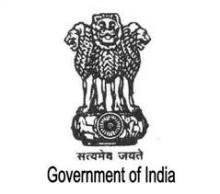Resource information
This Act prohibits the conversion of agricultural land for non-agricultural purposes except with a written permission granted by the Government as provided for in the text.The Act provides for the establishment of the State Land Use Board and defines its powers and functions, which include: take stock of present land use in the State and lay down broad guidelines for optimum utilization of land; formulate policies and lay down broad guidelines to protect good agricultural lands against degradation; review forest laws with particular reference to the problems relating to the degradation and protection of forest lands; and identify problems and bottlenecks in bringing cultivable waste lands, fallow lands etc. under crop production.The Act further prohibits the transfer of land to persons who are not agriculturalists and makes provision for the possession and utilization of uncultivated land.



